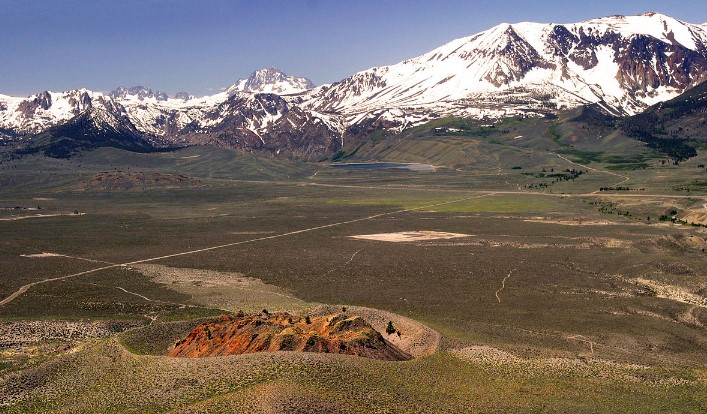Cherry Blossom Stones – Natural Geological Wonder
An intriguing geological peculiarity has been found in the Japanese city of Kameoka, which lies just over the western mountains of Kyoto city. It’s a small sub-hexagonal-shaped stone of very fine-grained muscovite mica hosted on a type of metamorphic rock called “Hornfels”.
Interestingly when the crack was opened, their internal cross-sections appeared just like tiny golden-pink flowers. They’re exclusively called “cherry blossom stones”, after the revered flower of Japan and one of the most renowned icons of the country.
The science alert explains the pattern of this flower wasn’t always made of mica. They began their existence as a multifaceted matrix of six prism-shaped crystal deposits of a magnesium-iron-aluminum composite called cordierite, radiating out from a solitary dumbbell-shaped crystal made from a magnesium-aluminum-silicate composite called indialite in the center.
Moreover; cherry blossom stones are hosted in a matrix of hornfels, a very fine-grained, contact metamorphic rock shaped underground about 100 million years ago by the intense heat of molten lava. The sub-hexagonal formed masses of cordierite-indialite in the hornfels contain of seven individual crystals.
At the center of each mass is a dumbbell-shaped indialite crystal very narrow at the center, and fairly wide at the ends. Adjacent to the indialite crystal are six prism-shaped cordierite crystals. They’re widest at the center of each cherry blossom stone and narrowest at the ends.
The cordierite-indialite masses underwent a 2nd metamorphic event when they were uncovered to a type of hot water called hydrothermal fluids. These fluids altered the chemical composition of minerals inside the cherry blossom stones, producing mica to change the original cordierite-indialite inclusion.
Since they have to undergo two penetrating and very specific types of metamorphosis in order to shape, cherry blossom stones are extremely rare, and found only in central Japan. Therefore; cherry blossom stones that underwent a whole replacement of their internal minerals during their geological lifetime are so subtle inside that they can without difficulty be snapped in half or crushed between one’s fingers.
In order to preserve the prettiness of their subtle mica patterns, the Japanese locals coat them in a diluted solution of wood glue mixed with water to keep everything in place.






Read More – The Snapping Turtles (Chelydra serpentina)
Affiliates Links:
- How One Woman Discovered the Female Fat-Loss Code Missed by Modern Medicine And Lost 84lbs Using a Simple 2-Step Ritual That 100% Guarantees Shocking Daily Weight Loss
- 60 Seconds Habit ! That Reversed Type 2 Diabetes and Melted 56 lbs of Fat
- Boost Your Energy, Immune System, Sexual Function, Strength & Athletic Performance
- Diabetes Remedy # 1 Mega Offer for 2019





